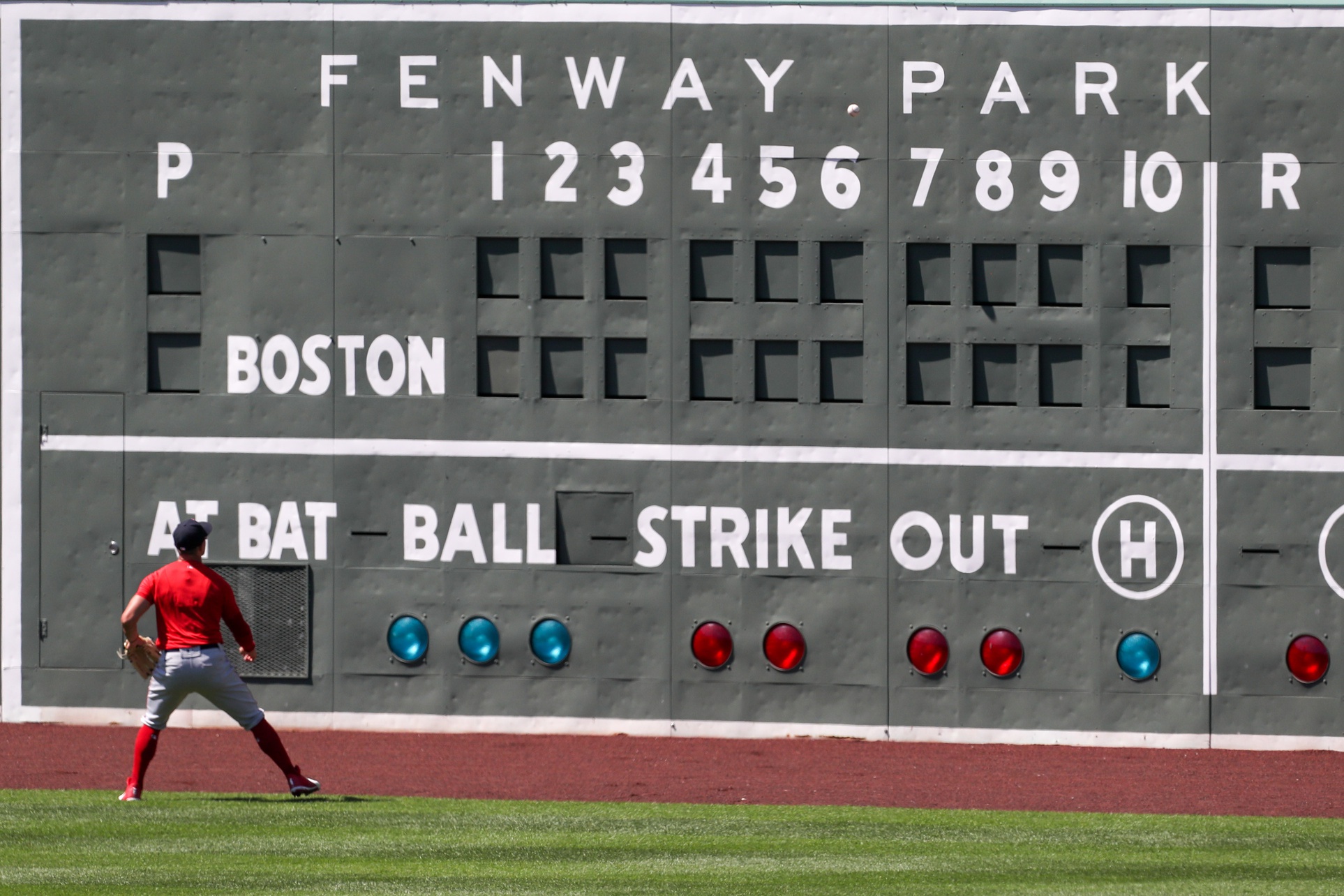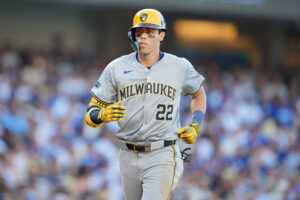Whenever one thinks of baseball history, certain elements come to mind. Teams like the Chicago Cubs, Chicago White Sox, and Detroit Tigers are stalwarts of such thinking. Legendary cathedrals of the sport like Wrigley Field, Yankee Stadium, and Comiskey Park are all natural byproducts of those thoughts. However, today’s spotlight is on one team and one stadium: the Boston Red Sox and Fenway Park. Considering that this is the Worst MLB Seasons series, that spotlight might not be as welcome as usual. Either way, today we’ll be diving into the 1932 Red Sox, a true train wreck of an operation that saw the team finish an abysmal 43-111. They had two different managers and even played in two different ballparks. But none of that could keep them off this list.
The Worst MLB Seasons: 1932 Boston Red Sox
Manager Madness
Let’s begin by discussing the effects of having two separate managers. They began the season with Shano Collins at the helm. Collins, an outfielder who spent 16 seasons in the majors, just barely managed to last through a quarter of the year’s contests. He only won 11 games before being replaced by one of the team’s backup infielders, Marty McManus. McManus, a 32-year-old journeyman with over a decade of big league experience, managed to scrape together a 32-67 record. Two separate managers, both with extensive time as players, yet neither one could create a winning atmosphere in Boston.
An Offensive Offense
Just because one may make the worst MLB seasons list does not necessarily mean that one has a terrible offense. This, unfortunately, is not one of those cases. This was 1932, long past the Dead Ball Era, when bats were booming all around the country. Boston simply couldn’t keep up. They hit a meager .251 as a team, while finishing last in hits (1,330), on-base percentage (.314), and OPS (.664). Their collective OPS+ was a rather embarrassing 76. They also severely lacked power, combining for 53 homers. Outfielders Smead Jolley and Roy Johnson combined for 29 and three regular starters finished with no homers. This Boston team also has the unfortunate distinction of having the worst run differential of any team in the modern era at -349.
The worst run differentials of the modern era:
1. -349, 1932 Boston Red Sox
2. -344, 1915 Philadelphia A’s
3. -339, 2023 Oakland A’s— Karl Buscheck (@KarlBuscheck) September 30, 2023
Hidden Pitching Gems
Bad pitching and MLB’s worst seasons go hand-in-hand, and the 1932 Red Sox are no exception. They finished with a 5.02 team ERA and issued the most walks (612). However, two rotational components put together somewhat respectable campaigns. The first was Ed Durham, who finished with a 3.80 ERA and a 117 ERA+. He was joined by Ivy Andrews, who put up a 3.81 ERA and a 117 ERA+. In fact, Andrews was the only member of the rotation who finished with a winning record (8-6). But the most curious fact about this staff is that it was the closer, Bob Kline, who won the most games (11).
An Argument Made
So went the 1932 Red Sox. They may not have had the worst season of all time, but they definitely rank in the upper echelon. One thing that can be taken away from this is that switching managers mid-season almost never winds up positively. Especially during these times, when player/managers were still a dime a dozen. In the end, managerial swaps can lead to negative clubhouse atmospheres and the jarring sense of unpredictability that change brings. The 1932 Red Sox are a prime example of this, and stand as a reminder…some might say, a warning…against it.
Photo Credit: © Paul Rutherford-USA TODAY Sports






